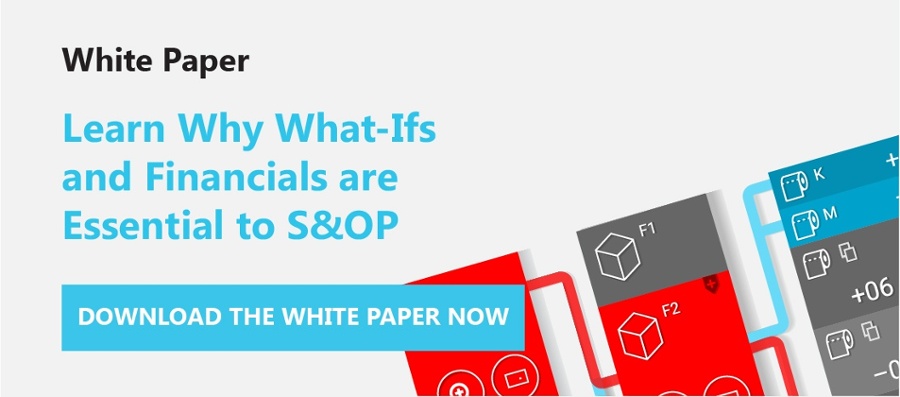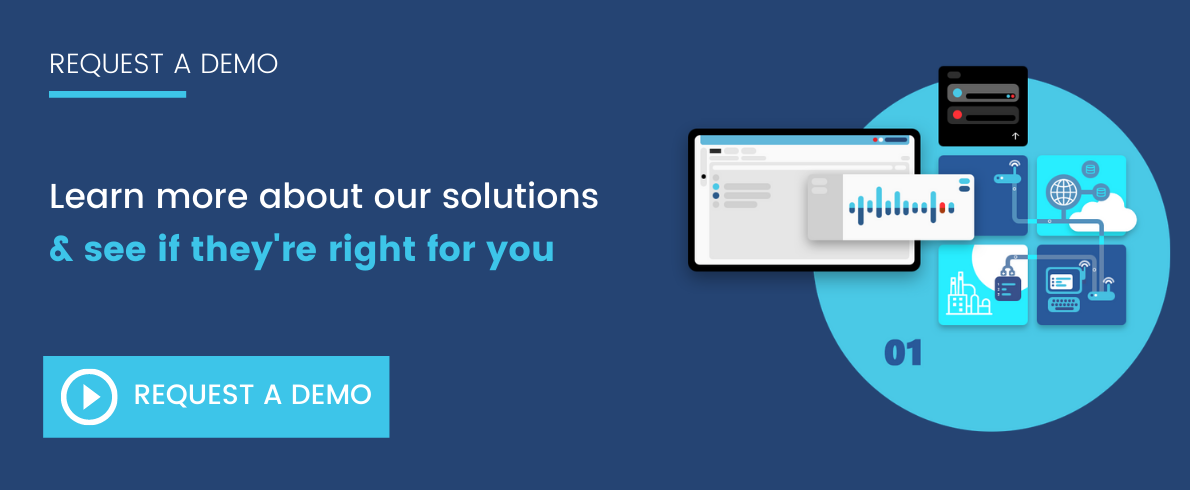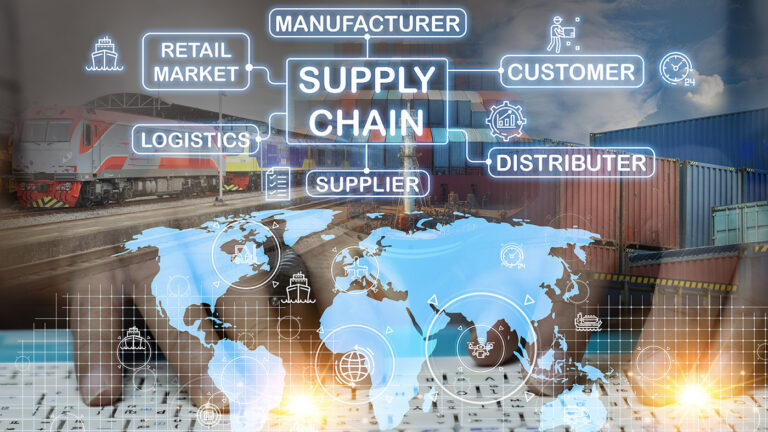This is especially true with the need to extract data from multiple ERP, logistics, and CRM systems. Supply chain complexities exacerbate these calculations, as does the need for speed and flexibility.
What Is Cost-to-Serve?
Gartner defines cost-to-serve as a fact-based analysis used to calculate product profitability taking into account services, overheads, and operational charges associated with servicing customers. It’s about understanding the cost to service each and every customer. Cost-to-serve analytics help you determine appropriate profit margins and service levels consistent with customer needs and business objectives.
Benefits of Cost-to-Serve
Cost-to-serve analytics allow companies to understand how much it costs to service their customers by market segment and individually. Specific benefits of cost-to-serve processes include being able to:
- Determine the real cost of serving customers,
- Understand how these costs are made up,
- Establish true margin when servicing groups and individual customers,
- Identify marginal opportunities,
- Improve pricing methodology,
- Highlight cost-saving and profit opportunities.
Considerations for an Effective Cost-to-Serve Solution
As indicated above, applying standard off-the-shelf analytics for cost-to-serve analysis is not always straightforward or easy. Many don’t have the intelligence, data-gathering ability or optimization capability to cut it. Here’s how prescriptive analytics makes the difference between success or failure.
Build a real-time cost-to-serve model
Using prescriptive analytics, it’s possible to model your supply chain network, including procurement, inbound logistics, manufacturing, and outbound logistics. Mathematical formulae represent conversion rates. It’s crucial to include constraints, lead times, and capacities together with business objectives. Use this model to determine cost-to-serve analytics at different levels of detail.
Data
Cost-to-serve models need live data. The solution should be able to extract data, in the correct format, from different data sources, preferably in real time. In this way, your model acts as a digital twin, accurately mimicking your real-life supply chain and accurately representing the cost-to-serve your customers.
What-if optimization capabilities
Use what-if capabilities to tease out ways to optimize cost-to-serve performance. Apply your business objectives as the objective function and run different scenarios to determine the best way to manage cost-to-serve across the customer base. This will help identify those scenarios where margins are too low and how to improve them.

Level of detail
Adjust the level of detail to measure cost-to-serve at different operational levels and by market segments. It may be necessary to model functions in greater detail.
Visibility
Choose a prescriptive analytics solution that offers supply chain visibility so you can visualize model performance. You don’t want a black box solution, but rather one where you can view each step and function in a visual display. Good visibility improves accuracy and allows you to adapt or modify models as needed.
Why Prescriptive Analytics Cost-To-Serve Models Work
Prescriptive analytics is best for cost-to-serve modeling because it incorporates capabilities absent from many off-the-shelf solutions. Some of these are:
- Dynamic solution: With access to real-time data, your cost-to-serve model reflects current realities.
- Not a separate use case: Cost-to-serve modeling is not a separate use case; this capability is standard with River Logic’s supply chain planning, S&OP, and supply chain network design solutions.
- Real-time analysis: Real-time capabilities mean sales and marketing can make informed cost-to-serve decisions on the fly.
- Optimization capabilities: Built-in mathematical optimization capabilities, together with constraint handling, means it’s possible to find the best trade-off between price and service for each customer.
- Average profitability: You can calculate average profitability for each product, customer, and market segment.
- Marginal opportunities: Grasp marginal opportunities based on fact-driven what-if scenarios.
- Granularity: Adjust granularity to reflect customer needs such as delivery frequency, order size, and weekly or daily buckets.




